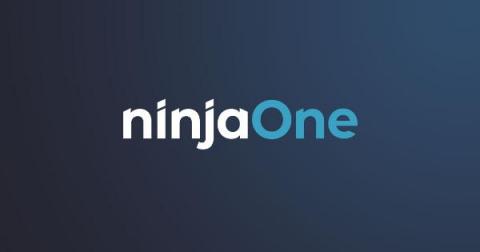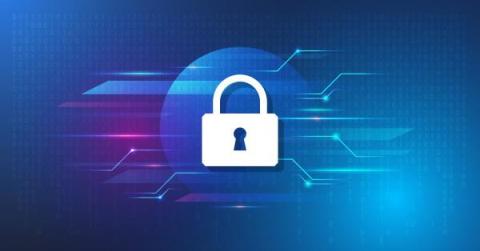Asset Lifecycle Management (ALM) Overview & Steps
All businesses and organizations have assets that are essential for their success, so it makes sense that the demand for asset lifecycle management services rises every year. A SkyQuest report on the asset management market claims, “The global asset management market was valued at $250.12 billion in 2021, and it is expected to reach a value of $1113.53 billion by 2028.” Discover how asset lifecycle management works and benefits businesses around the globe.










